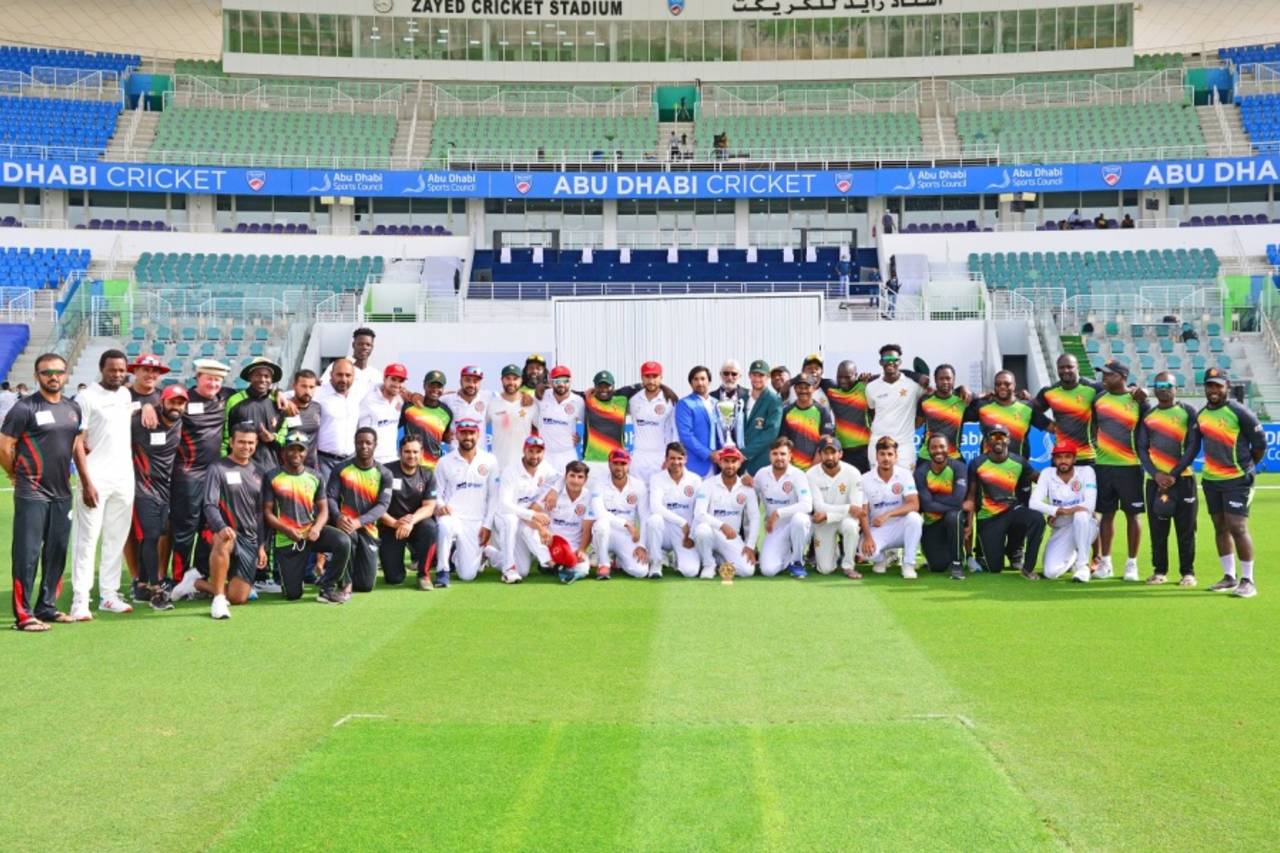Test cricket cannot flourish in the shadow of the T20 format
Non-traditional Test playing nations have little incentive to play the longest format when T20 is more lucrative, accessible and popular

Afghanistan have played just six matches since achieving Test status in 2017, all one-offs except for a two-Test series against Zimbabwe this year • Abu Dhabi Cricket
Cricket's administrators seem bent on pushing Test cricket to the margins
Test cricket can't afford to be boring
Cricket Tasmania say Afghanistan Test will be officially called off this week
Ireland emphasise need for ICC funding and more context as Test drought continues
ECB board gives 'conditional approval' for 2021-22 men's Ashes tour
A draft system could be introduced, whereby the weaker Test teams can acquire outstanding players from other countries to boost their competitiveness
Former Australia captain Ian Chappell is a columnist